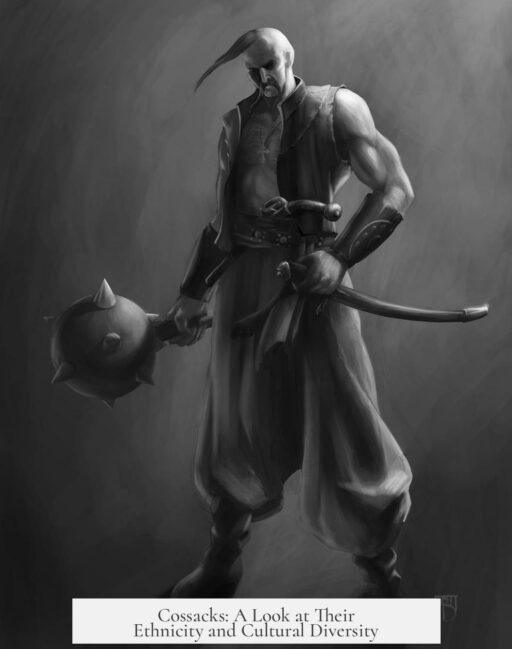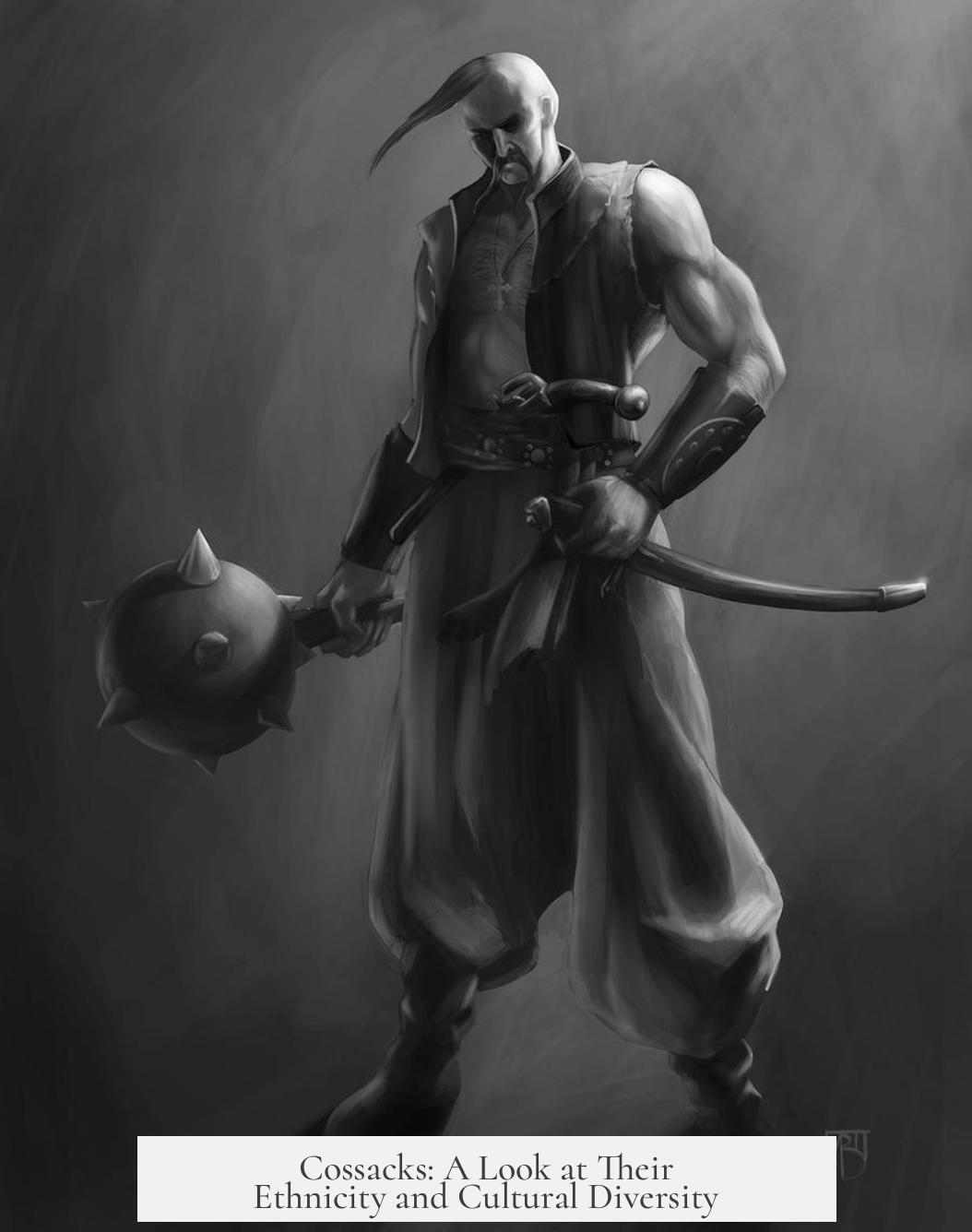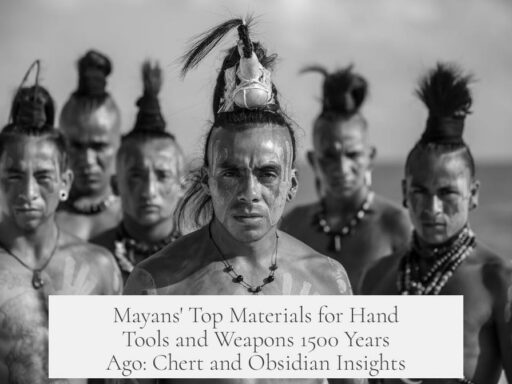The ethnicity of the Cossacks is complex and mixed, reflecting a blend of Slavic and steppe peoples rather than a single, clear-cut ethnic group. Historically, the Cossacks arose from diverse origins and evolved into a distinct social and military estate. Their identity resists simple ethnic classification.
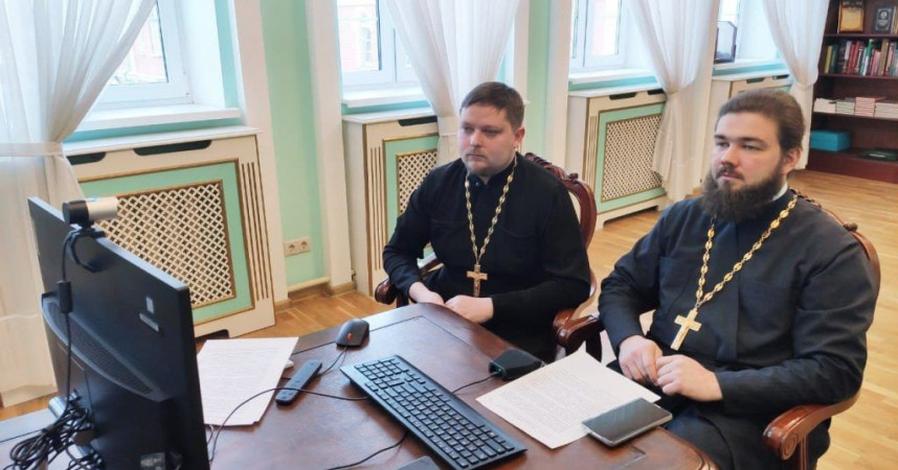
The Cossacks are not solely Slavic. While many identify as Slavs, the 2010 Russian Population Census recognizes Cossacks as a separate ethnicity. The key factor linking Cossacks was their Christian faith rather than ethnic background.
The early Cossacks formed from a mixture of different peoples who passed through the Eurasian Steppe. Historians suggest these included Russians, Ukrainians, Poles, and Tatars. Some propose Cossack ancestors descended from Turkic-speaking nomads linked to the Mongol sphere. Others argue the origins trace farther east, from nomadic groups of central Asia or Siberia.

The Cossacks developed mainly as frontier warriors and settlers. Their ranks grew as various groups joined, united by military culture and defense of borderlands rather than ethnicity. This fostered a unique identity combining Slavic heritage with influences from Turkic and other steppe peoples.
During Imperial Russia, Cossacks were legally an estate with special privileges and duties, not an ethnic category. New Cossack hosts formed in remote regions often included diverse populations granted Cossack status. This created varied ethnic compositions within and between Cossack groups.
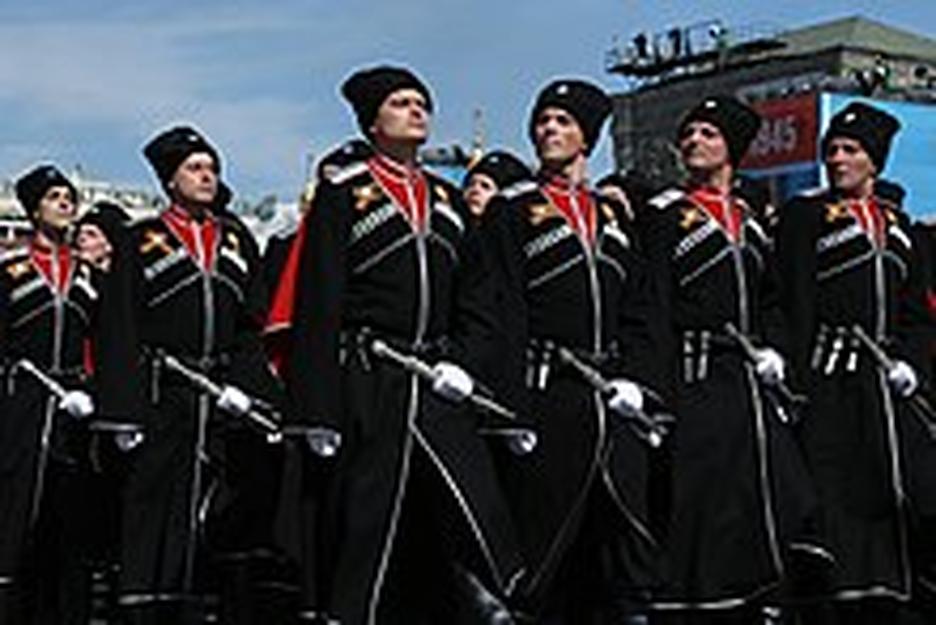
| Aspect | Summary |
|---|---|
| Origins | Mix of Slavic and steppe peoples, including Russian, Ukrainian, Polish, Tatar, Turkic influences |
| Ethnic Identity | Cossack status intertwined ethnic, religious and social elements |
| Imperial Era | Cossacks as social estate, not uniform ethnicity; diverse membership across hosts |
| Religion | Christianity a unifying requirement |
References include works by Nicholas Feodoraff and Vasili Glazkov, as well as modern historical discussions such as on Reddit AskHistorians.
- Cossacks originated from mixed ethnic groups.
- They united mainly through religion and social role, not ethnicity alone.
- Imperial Russia treated them as a social estate with various sub-identities.
- Their identity reflects Eurasian Steppe history and frontier dynamics.
What Ethnicity Were the Cossacks? Unraveling the Multiethnic Mystery
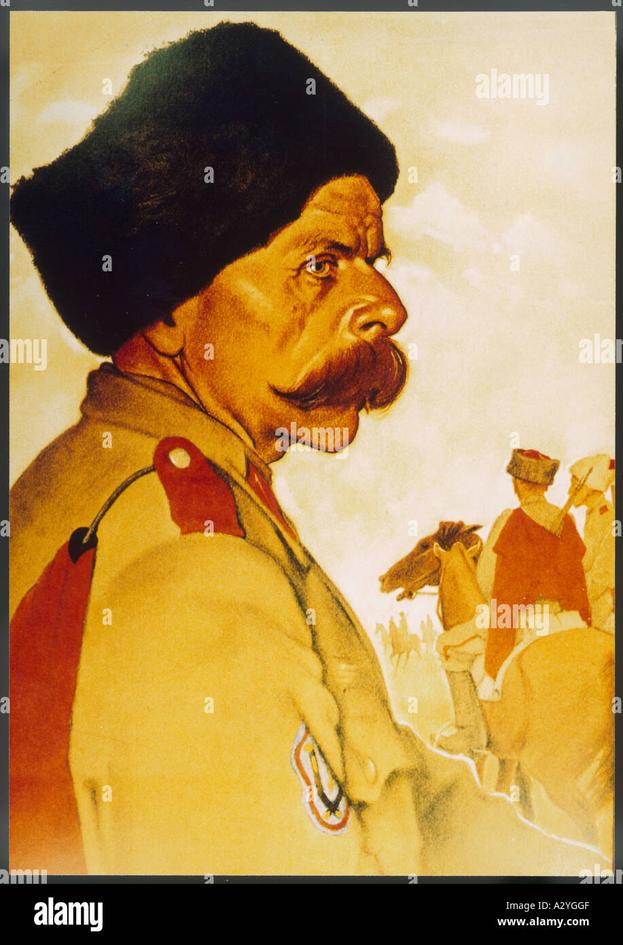
So, what ethnicity were the Cossacks? The short, spicy answer: they were a little bit of everything — a colorful stew of ethnicities that defies the neat categories we often crave. The long answer? Hang tight, because this story is as tangled as a Cossack braid, with twists, turns, and surprises.
The question “What ethnicity were the Cossacks?” isn’t just tricky — it’s a puzzle wrapped in a mystery, dipped in steppe dust. Ethnicity here means different things to different people, and the Cossacks themselves complicate the subject with a rich blend of origins.
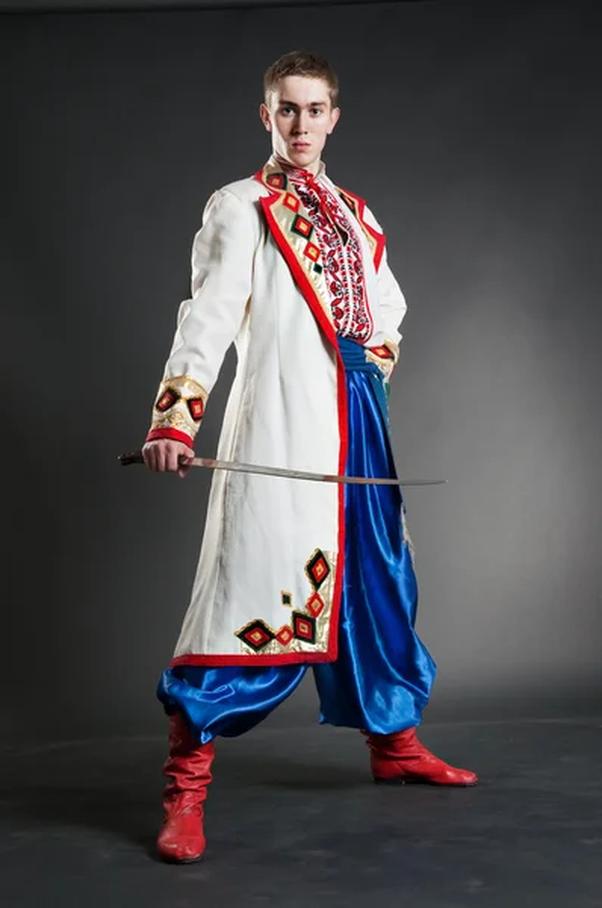
Cossacks Are NOT What You Think
First, let’s clear some fog. Many imagine the Cossacks as purely Slavic warriors, but that’s not quite accurate. According to the Russian 2010 Population Census, Cossacks stand recognized as an ethnicity of their own. Yet paradoxically, many Cossacks do identify as Slavs, proving that ethnicity is as much about personal identity as ancestry.
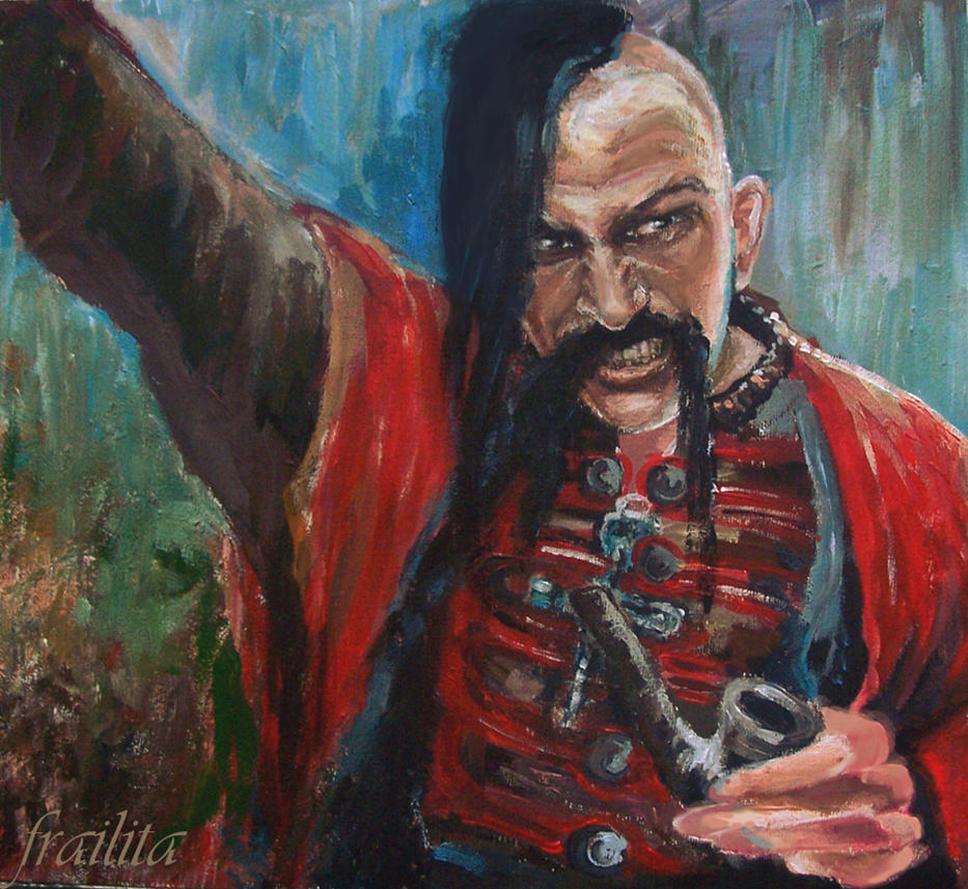
Confused yet? Good, you’re understanding why this gets complicated fast. The Cossack identity slips between boxes, blending ethnicity with culture and even social status.
Diversity Was the Cossack Name of the Game
Picture the open Eurasian Steppe — a vast frontier where horsemen from various tribes and nations roamed freely. Over centuries, many groups converged and mingled to form what we now call the Cossacks. The only firm belonging rule? You must be Christian. This religious thread tied together people from diverse ethnic backgrounds.
From Russians and Ukrainians to Poles and Tatars, the Cossacks were a melting pot. Some historians suggest that early Cossacks hailed from mixed origins, combining Slavic peoples who escaped the tightening grip of centralized rulers with nomadic groups who spoke Turkish languages. In fact, some of these nomads likely originated from even farther east — from Central Siberia and Central Asia.
Origins: A Mosaic of Peoples
The genesis of the Cossacks is debated among historians. Some trace their roots to nomadic warriors who passed through the Central Steppe. Others emphasize the mix of runaway peasants and adventurers from Slavic, Polish, and Tatar origins. This fusion created a unique identity distinct from any single ethnicity.
By imagining the Cossacks as a group formed through survival and adaptation in the borderlands, it becomes clear why their ethnicity cannot be pinpointed to one tribe or nation. They **ARE** a product of Eurasian cross-pollination.
Ethnicity vs. Estate: What Cossacks Really Were
Under Imperial Russia, things get even more interesting. Here, “Cossack” wasn’t just a label for an ethnic group — it was a social class or estate, akin to knights in medieval Europe or clergy. This status came with privileges and responsibilities, especially as frontier warriors defending the empire’s edges.
New Cossack hosts (military communities) were created in far-flung territories, populated by members from older hosts and newcomers granted Cossack status. This process introduced even more ethnic diversity into the mix, as local groups joined the Cossack ranks. So, within and across hosts, ethnic makeup varied widely.
In essence, being a Cossack was more about a shared lifestyle, military role, and allegiance to Christianity than about pure bloodlines.
Why Does This Matter Today?
You might ask, “Why should we care about the ethnicity of a warrior group from centuries ago?” Well, understanding the Cossacks’ mixed roots helps us appreciate the complexity of identity in border regions. It challenges simple notions of “us” vs. “them” and reminds us that culture and ethnicity are fluid, especially in frontier zones.
Contemporary Cossacks keep these traditions alive, sometimes emphasizing Slavic roots, sometimes embracing their rich, multiethnic heritage. This flexibility is part of their enduring appeal and survival.
Key Takeaways and Fun Facts
- The Cossacks weren’t just one ethnicity — they were a fusion of Slavic runners, nomads, and assorted steppe peoples.
- Their main commonality? Commitment to Christian faith and the warrior lifestyle.
- “Cossack” was historically an estate, not a strict ethnicity — like being a knight or a monk.
- Their identity evolved as they spread across the Russian empire’s borders, absorbing diverse ethnicities.
Thinking about the Cossacks makes you realize how fluid human identities can be when cultures collide and mingle on vast open lands. Their story is a testament to adaptability and multicultural coexistence long before such terms became fashionable.
Want to Dig Deeper?
For a fuller exploration, check out these goldmines of information:
- History of the Cossacks by Nicholas Feodoraff
- History of the Cossacks by Vasili Glazkov
- From Talk to Yes: Understanding Eastern Europe by Yale Richmond
- Reddit AskHistorians Q&A on Cossacks
So, the next time you hear about the Cossacks galloping across history books or epic films, remember: they’re not just a single tribe but a whole living *mosaic* of ethnic threads, woven together by faith, freedom, and a fierce passion for the open steppe.
